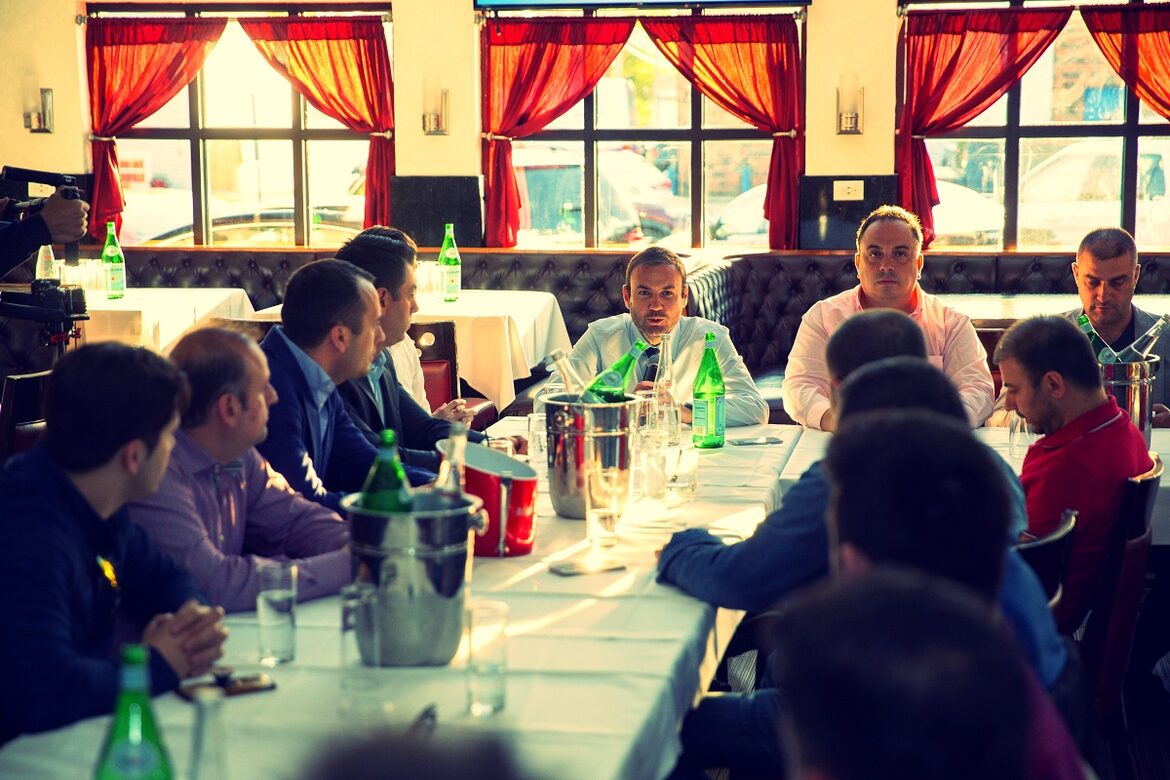In the intricate web of modern society, the seamless functioning of transportation is the lifeblood that keeps communities pulsating with vitality. At the heart of this complex network lies the Department of Transport, a silent architect of progress that orchestrates the flow of people, goods, and ideas. This article delves into the multifaceted responsibilities of the Department of Transport, exploring its pivotal role in shaping the present and future of our interconnected world.
The Historical Evolution
To comprehend the significance of the Department of Transport, we must embark on a historical journey to understand how transportation infrastructure has evolved over the years. In the early stages of civilization, transportation was rudimentary, confined to footpaths and waterways. As societies progressed, so did the need for more sophisticated means of travel. With the advent of the Industrial Revolution, railways and roads became arteries that fueled economic growth.
In response to the growing complexity of transportation systems, governments recognized the need for a dedicated department to manage and regulate these networks. Thus, the Department of Transport emerged as a key player in fostering connectivity, trade, and societal advancement.
Modern Mandates
The Department of Transport has many responsibilities beyond constructing roads and maintaining railways in the contemporary landscape. One of its primary mandates is to ensure the safety and efficiency of transportation networks. This involves stringent road traffic, aviation, maritime activities, and public transportation regulations.
Safety protocols, licensing procedures, and vehicle standards fall under the meticulous purview of the department. Through rigorous inspection and regulation, the Department of Transport strives to minimize accidents and enhance the overall safety of travel.
Moreover, the department is a vital player in environmental sustainability efforts. The transportation sector's environmental impact has been scrutinized as the world grapples with climate change. The Department of Transport is tasked with developing and implementing policies that promote eco-friendly practices, such as integrating electric vehicles, expanding public transportation, and reducing carbon emissions.
Infrastructure Development
A significant facet of the Department of Transport's role is the planning and development of transportation infrastructure. Roads, bridges, tunnels, airports, and ports are the physical manifestations of a nation's connectivity. The department collaborates with various stakeholders, including engineering firms and urban planners, to design and execute projects that enhance the efficiency and capacity of transportation networks.
In urban areas, the department plays a pivotal role in crafting sustainable and accessible public transportation systems. From bus rapid transit systems to metro rail networks, these initiatives aim to reduce congestion, cut down travel times, and provide affordable and efficient modes of commuting.
Technological Integration
In the 21st century, the Department of Transport is at the forefront of technological integration within the transportation sector. The rise of smart cities and the Internet of Things (IoT) has opened new avenues for optimizing traffic flow, enhancing public transportation experiences, and improving overall mobility.
Traffic management systems, intelligent transportation systems, and real-time data analytics contribute to the department's ability to respond dynamically to the evolving needs of a growing population. By embracing technological innovations, the department can ensure that transportation networks are efficient and adaptive to the changing demands of modern society.
Challenges and Future Outlook
Despite its pivotal role, the Department of Transport faces numerous challenges. Funding constraints, rapid urbanization, and the need for sustainable solutions pose complex problems that demand innovative thinking. Moreover, the rise of autonomous vehicles, drones, and hyperloop technology introduces new dimensions to transportation that the department must navigate.
Looking ahead, the Department of Transport is poised to become a key player in shaping the future of mobility. From embracing green technologies to addressing the challenges posed by urbanization, the department's decisions will reverberate through communities, economies, and the environment.
The Department of Transport is not merely a bureaucratic entity overseeing roads and railways but is the steward of societal progress. Through a comprehensive approach that encompasses safety, infrastructure development, technological integration, and environmental sustainability, the department shapes how we move, connect, and thrive.
As we enter an era where transportation is more than just a means of getting from point A to B, the Department of Transport stands as a beacon, guiding us toward a future where mobility is seamless, efficient, and in harmony with the world. The invisible hand behind our daily commutes and global trade, the Department of Transport is undeniably the architect of a connected, progressive world.
